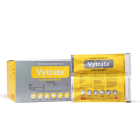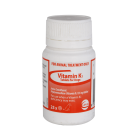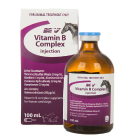
How to Tell if Your Pet is Obese
Often, pet owners mistakenly believe it is okay for their pet to be a little overweight, but it is not. To tell if your pet needs to go on a diet, rub your hand along the side of your pet and under its fur. If you cannot easily feel your pet's ribs, it most likely means they need to lose weight. Before putting your pet on a diet, however, you should consult your veterinarian. There are medical problems, suCushing'shing's disease, that can cause a pet to become overweight. A trip to your vet is helpful to make sure your pet is not suffering from a medical issue, and you can also talk to your vet about what pets pet's ideal weight range is.

Putting Your Pet on a Diet
The first step in helping your pet lose unwanted pounds is to put your cat or dog on a diet. Follow these steps:
1. Find your pet's ideal weight
2. Follow the recommended serving size specific to your dog's food
3. Gradually decrease the amount of food each day until you are at the serving size.
4. This process should not happen quickly. Instead, it would help if you planned to take about a month to reduce the ideal food amount.

Restricting the amount of time your pet has to eat their food is another valuable way of helping shed those extra pounds. It would be best to allow your pet to eat as much as they want in around 20 minutes. Whatever food is uneaten at the end of that time should be saved for later. If you do not notice weight loss in your pet using either of these methods, you might want to take a look at the treats you feed your pet. If you do feed treats, try changing to nonfattening ones such as apples, carrots, and pears for dogs and squash, cooked carrot, and cooked broccoli for cats. Also, if you are currently only feeding your pet once per day, you might want to consider changing to providing twice per day. This will help your pet to better digest the food and help keep its energy levels consistent. If you decide to feed twice per day, you should provide 2/3 of your pet's daily allotment in the morning and the other 1/3 in the evening.

Exercising the Pounds Away
In addition to making nutritional changes, you should also look at your pet's activity levels. Playing with your pet a little more every day is an easy way to help it get some more exercise. One game many cats and dogs alike enjoy is shining a flashlight or laser on the ground and letting it chase it around. Just be careful to never shine bright lights or lasers directly into your pets eyes. Dogs also like to go for a swim, as do some breeds of cats like Bengals. Swimming is also a great activity for pets with joint problems. You can also give your pet nutritional supplements such as PAW Osteocare Joint Health Chews and Joint Guard Powder for Dogs to help ease the pain and rebuild the joints. The less pain your pet is in, the more likely it will be to exercise with you.



